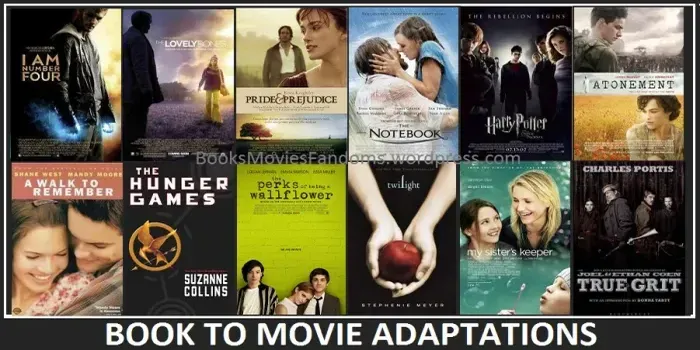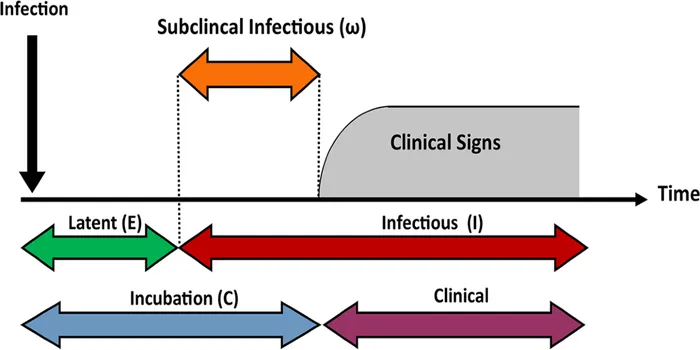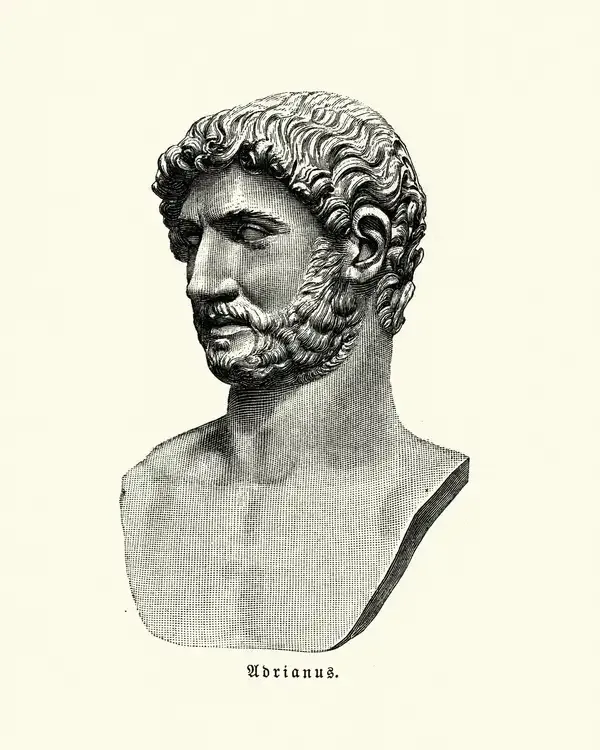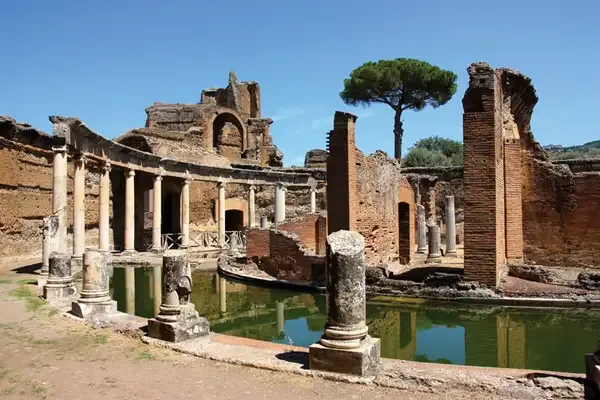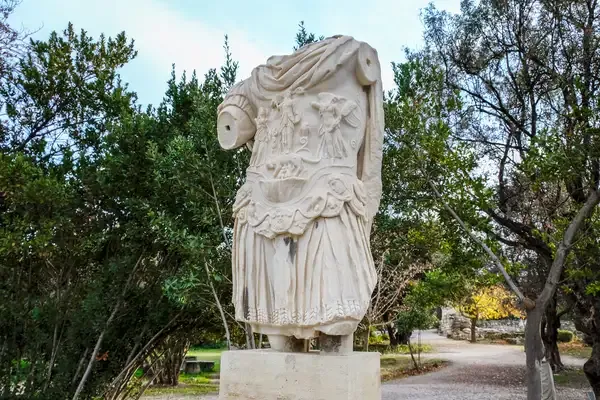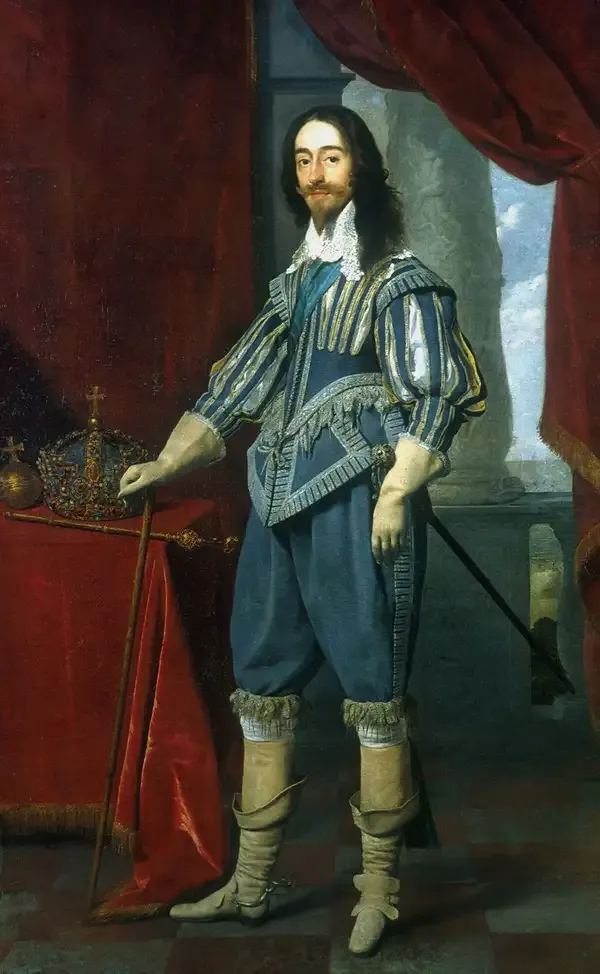What Is an Executive Order?
An executive order is a directive issued by the President of the United States that manages operations of the federal government. It is a tool for the President to implement policies, manage federal agencies, or direct certain governmental actions without the need for congressional approval. While executive orders have the force of law, they are subject to judicial review and can be overturned if deemed unconstitutional or overridden by legislation. They are often used to address urgent or administrative matters.
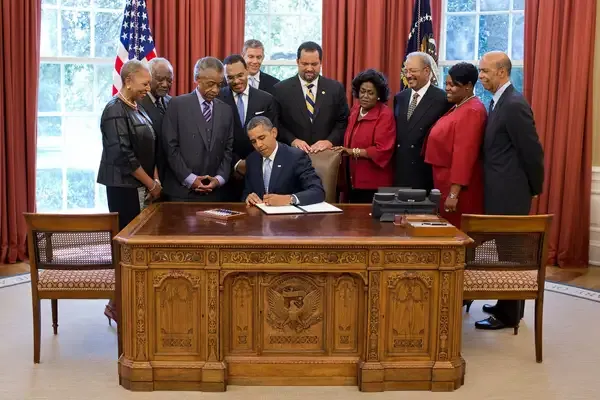
Understanding Executive Orders
An Executive Order is a directive issued by the President of the United States that manages the operations of the federal government. These orders have the force of law and are often used to direct government agencies and officials in their execution of federal laws or to manage federal operations. While the Constitution does not explicitly mention executive orders, they have become a significant tool for presidents to achieve their policy goals without requiring legislative approval.
Types of Executive Orders
Executive orders can take various forms, and understanding these can help clarify their impact. Here’s a simplified table outlining the main types of executive orders:
| Type | Description |
|---|---|
| Presidential Executive Orders | Issued to direct the operations of federal agencies and officials. |
| Proclamations | Official statements that declare a specific event or action. |
| Memoranda | Less formal than executive orders, these provide guidance to agencies. |
The Legal Basis of Executive Orders
The authority for issuing executive orders is derived from the Constitution, particularly Article II, which establishes the executive branch and grants the President the power to “take Care that the Laws be faithfully executed.” This constitutional backing allows the President to issue orders that have a direct impact on federal law and policy.
How Executive Orders Work
When a President issues an executive order, it is typically published in the Federal Register. This publication provides transparency and allows the public and other branches of government to understand the directives issued. The process generally involves the following steps:
- The President drafts the executive order, often with input from advisors and legal counsel.
- The order is reviewed for legal compliance and potential impacts.
- The President signs the order, after which it is published.
Impact of Executive Orders
Executive orders can significantly influence governance and public policy. Their impacts include:
- Policy Implementation: They allow the President to implement policies quickly without waiting for Congress.
- Administrative Changes: They can reorganize administrative structures or modify the functions of agencies.
- Legal Precedents: Executive orders can set legal precedents that may influence future legislation and executive actions.
Limitations and Challenges
Despite their power, executive orders face several limitations:
- Judicial Review: Courts can review executive orders and declare them unconstitutional if they overstep the President's authority.
- Congressional Action: Congress can pass legislation to counter or nullify an executive order.
- Public Opinion: Executive orders may face backlash from the public, influencing future elections and policy directions.
Historical Examples of Executive Orders
Throughout history, presidents have used executive orders to make significant changes. Here are a few notable examples:
| President | Executive Order | Year |
|---|---|---|
| Abraham Lincoln | Emancipation Proclamation | 1863 |
| Franklin D. Roosevelt | Executive Order 9066 (Internment of Japanese Americans) | 1942 |
| Harry S. Truman | Executive Order 9981 (Desegregation of the Armed Forces) | 1948 |
Conclusion
In conclusion, an Executive Order is a powerful mechanism through which the President of the United States can direct government operations and influence policy. Understanding the types and implications of these orders is crucial for grasping how executive power is exercised in the American political system. As the landscape of governance evolves, so too will the role of executive orders in shaping public policy and administrative actions.

